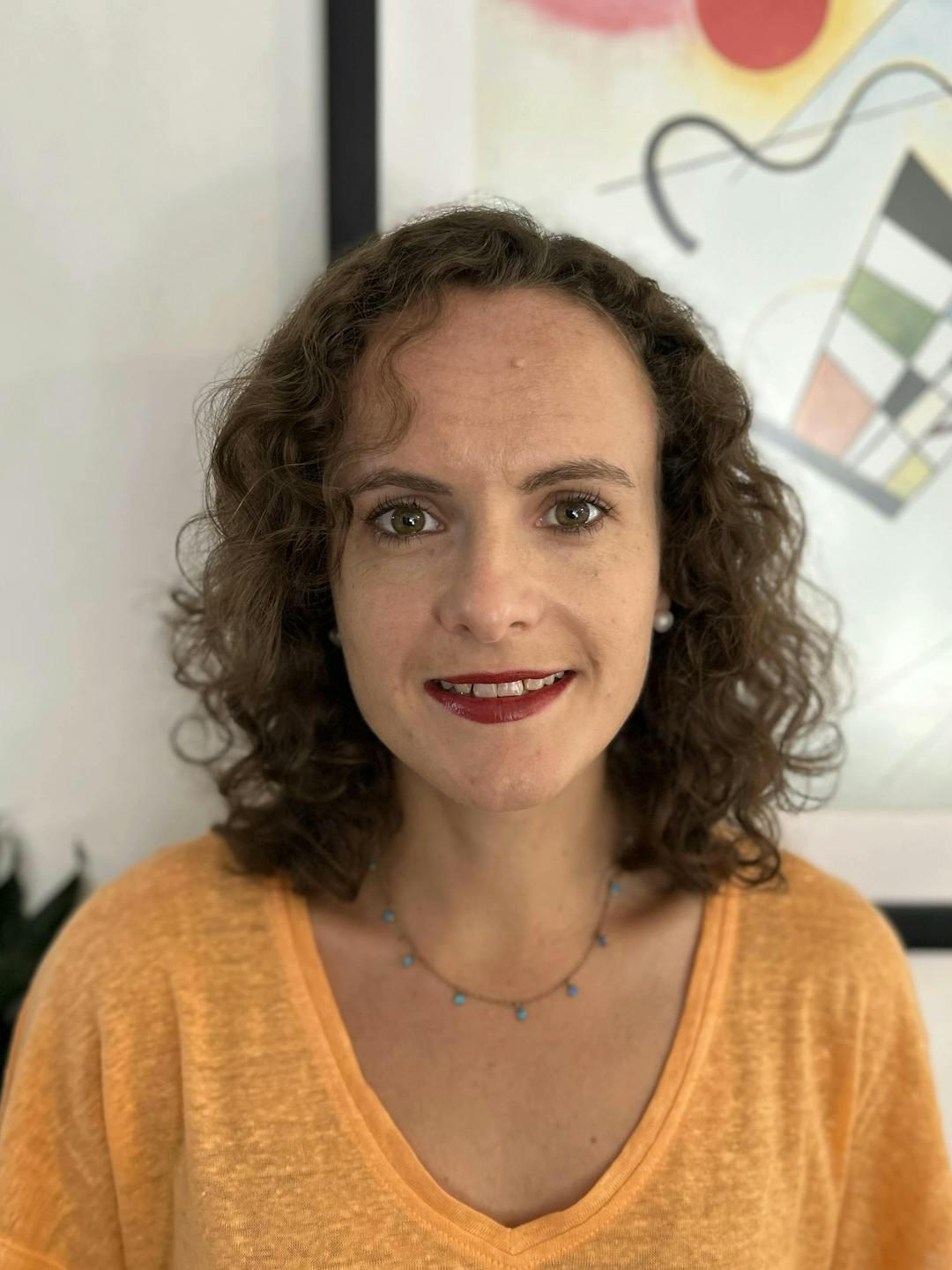User Persona
The Basic Idea
Sarah Thompson, the Fitness Enthusiast
Background:
- Age: 28
- Occupation: Marketing Specialist
- Location: Urban area, Chicago
- Marital Status: Single
Demographics: Sarah holds a Bachelor's degree in Marketing and is currently working in a fast-paced marketing agency in downtown Chicago.
Goals and Motivations: Sarah is passionate about maintaining a healthy lifestyle and staying fit. She enjoys a variety of workout routines, including gym sessions, outdoor running, and attending fitness classes.
Challenges: Balancing a demanding job and a social life often leaves Sarah with limited time for her fitness routine.
Preferences: Sarah is tech-savvy and relies heavily on her smartphone for managing her schedule, communication, and entertainment.
How to Reach Sarah: Mobile Apps: She appreciates apps and tools that provide personalized workout plans, nutrition advice, and motivation. She values being able to connect with like-minded individuals.
With all this information, you may think that Sarah is a real person. She sounds pretty convincing and could be someone you met at your local gym, café, or park. However, in this case, she’s actually a carefully crafted user persona.
User personas are fictional characters who represent the different types of users who might engage with a service, product, or brand. These detailed profiles are not descriptions of real people but are created using rigorous research and data about target audiences.
The ultimate goal of a user persona is to make large amounts of user research data easily digestible, more memorable, and actionable. It’s believed that if designers can empathize and connect with the fictitious person, it will be easier to design products for them.
By creating user personas before the design and development process, designers can gain insight into what’s important for potential users and what they need and expect from a product or service.
As you can see from Sarah’s example, user personas go beyond basic demographic information; they start unpacking the daily routines, preferences, behaviors and motivations of the target audience members. Based on her profile, Sarah could be a potential customer for an upcoming fitness planning and motivation app or a new sports nutrition drink.
User personas are currently used in a variety of fields and industries such as user experience (UX) design, design thinking, product development, marketing and advertising, content creation, software development, EdTech, and healthcare. According to Lene Nielsen, a Danish professor specializing in personas, there are four types of personas, each with a different perspective:1
- Goal-directed personas: This persona focuses primarily on what a typical user wants to do with a product. It is used to examine the preferred process and workflow of a user to achieve their goals with a product or service.
- Role-based personas: this persona is also goal-directed and focuses on the user’s role in an organization and their wider life.
- Engaging personas: These personas examine the emotions, psychology, and background of the user and are designed to be more multi-dimensional for the designers who work with them.
- Fictional personas: rather than emerging from user research, these personas are developed from the experience of the UX design team and are based on past interactions with the user base.
In UX design, user personas are categorized slightly differently as proto personas (based on existing assumptions, not research), qualitative personas (based on small-sample qualitative research), and statistical personas (where personas emerge from statistical analysis of large sample size surveys).2
Personas don’t represent users. They represent users’ goals. If you can’t reduce the number of goals of your user community down to very few, you don’t understand your users, your product, your business, or interaction design.
— Alan Cooper
About the Author
Dr. Lauren Braithwaite
Dr. Lauren Braithwaite is a Social and Behaviour Change Design and Partnerships consultant working in the international development sector. Lauren has worked with education programmes in Afghanistan, Australia, Mexico, and Rwanda, and from 2017–2019 she was Artistic Director of the Afghan Women’s Orchestra. Lauren earned her PhD in Education and MSc in Musicology from the University of Oxford, and her BA in Music from the University of Cambridge. When she’s not putting pen to paper, Lauren enjoys running marathons and spending time with her two dogs.



















